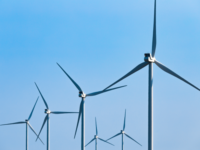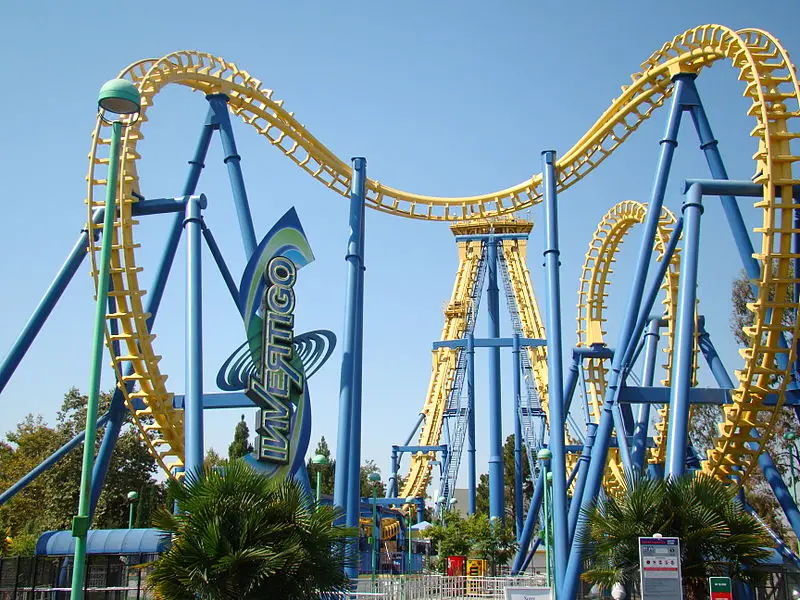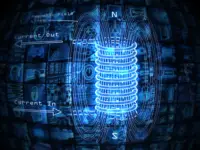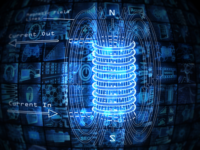There is nothing more exhilarating than a roller coaster ride. The sheer feeling of being upside down and not falling is one of bewilderment and fear. At a precise point, we all tend to think that this is it – I will fall off! The reason why that does not happen is because of the physics of moving bodies.
All roller coaster rides use the same principles of energy and force. Â As the roller coaster moves up it is building up potential energy i.e. gaining altitude. So for the initial rise, the rollercoaster has to be hoisted up by an external power source. Having reached a certain height, the rollercoaster can then use its potential to make the other half of the bend.
And now comes the interesting part: the roundabout turn. Normally, when we are upside down, we would fall. However, a body moving with enough velocity will not. When you go around a loop, your inertia produces an accelerating force directed towards your seat. Since acceleration is accompanied by a force, you tend to stay put. As you move around the turn, the force on your body is constantly changing. At the very bottom, you tend to feel heavy, since both your weight and the inertial force is pulling you down. Â At the very top, the gravity is pulling you down, but the inertial force pushes you into the floor. Since both these forces are quite comparable, you feel very light and almost seem like falling off!
Next time you experience a roller coaster ride, know the physics behind it and trust it! Our common sense would often dictate that being upside down is a dangerous proposition, but provided we are going fast enough, it is quite a safe thing. Well, almost.












Leave a Reply